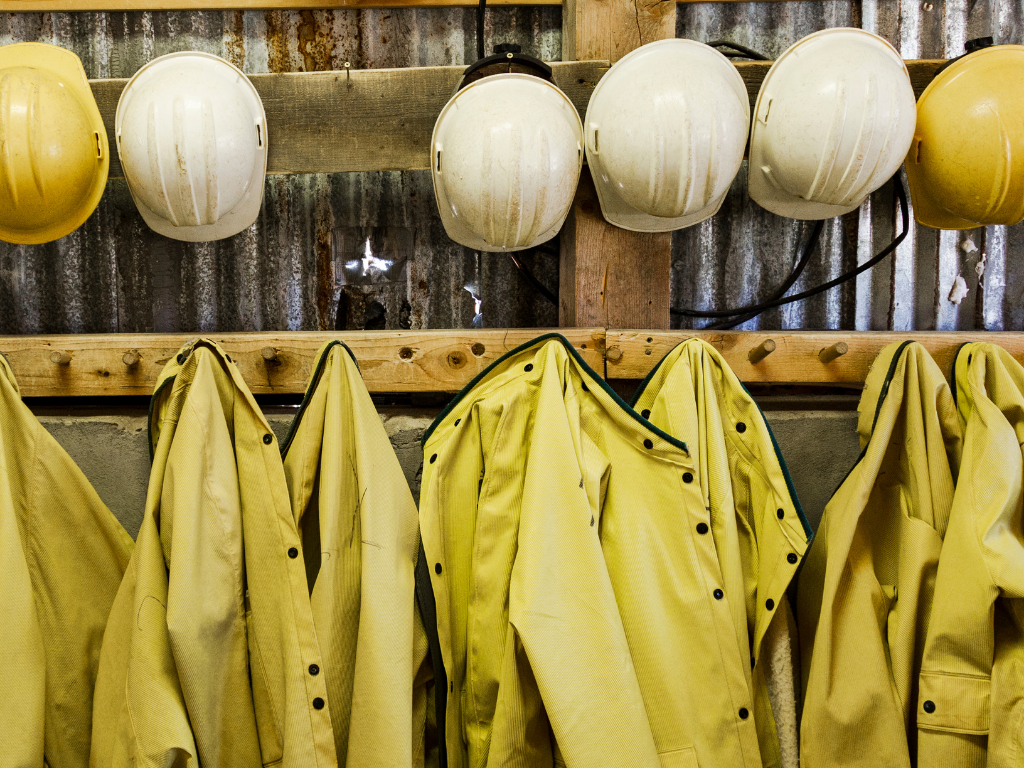In today’s dynamic work environment, ensuring worker safety has never been more paramount. The focus on safety workwear has dramatically increased, especially regarding respiratory protection. With hazards ranging from airborne particulates in construction sites to chemical fumes in laboratories, it’s vital to understand the significance of top-tier respiratory protective gear.
Why Respiratory Protection is Crucial
Every job has its own set of risks. For jobs that expose workers to dust, harmful particles, or chemicals, respiratory protection is the primary defence line. Safety masks serve as barriers against larger particles such as splashes, sawdust, or mists. They’re commonly seen in construction, woodworking, and similar sectors. Here, additional gear like safety glasses, safety helmets, and safety shoes provide holistic protection against potential risks.
Respirators, on the other hand, are more advanced. They’re specifically designed to filter out microscopic particles, including mold, pathogens, or even harmful gases. From healthcare to chemical processing, the role of respirators is pivotal. Combined with other safety equipment like safety gloves and high vis vests, workers can be assured of all-around protection.
Broadening the Safety Spectrum: Beyond Respiratory Gear
Apart from respiratory protection, several other gear pieces play crucial roles in ensuring workers’ safety. Steel cap shoes, for instance, shield feet from heavy falling objects. In contrast, safety jackets protect against the cold and potential wet environments. Safety footwear and safety caps further emphasize head-to-toe protection.
For those looking for cost-effective yet quality options, various discount workwear providers offer a wide range of products. Simply searching for “safety workwear near me” can guide workers and employers to local suppliers, ensuring the gear meets regional safety standards.
Technological Advancements in Safety Workwear
The world of safety workwear is not untouched by technology. Modern high vis workwear often integrates smart features like embedded sensors, which can alert wearers to nearby moving machinery or elevated temperature levels. Similarly, advancements in materials used in safety gloves or safety footwear now offer better resistance against cuts, punctures, and even electrical hazards.
Regular Maintenance and Continuous Learning
It’s not enough to just have safety equipment; maintaining it is equally essential. Periodic checks, cleaning, and replacements, if necessary, can extend gear life and ensure its effectiveness. Furthermore, with continuous innovations in safety supplies and gear, workers and employers must stay updated. Whether it’s a new type of respiratory protection or improved safety glasses, being aware of the latest in safety can make a world of difference.
Prioritizing Respiratory Safety: The Rise of Safety Workwear in Modern Workplaces
In today’s dynamic work environment, ensuring worker safety has never been more paramount. The focus on safety workwear has dramatically increased, especially regarding respiratory protection. With hazards ranging from airborne particulates in construction sites to chemical fumes in laboratories, it’s vital to understand the significance of top-tier respiratory protective gear.
What is the purpose of workwear?
Workwear serves multiple purposes, tailored to specific job requirements. Firstly, it offers protection against potential hazards found in various work environments. This includes thermal hazards, chemical exposure, mechanical risks, and more. Moreover, workwear often denotes a sense of identity, branding, and uniformity, presenting a professional appearance. In specific sectors, workwear is also designed to provide enhanced visibility, especially in low-light conditions, ensuring that workers are visible to others, minimizing accidents.
What is the difference between PPE and workwear?
While both PPE (Personal Protective Equipment) and workwear are designed to ensure the safety of workers, there are distinctions between the two. PPE is specifically designed to protect the worker against health and safety risks at work, ranging from hard helmets to safety goggles, gloves, and respiratory masks. On the other hand, workwear may not always be protective in nature. It often refers to uniforms or attire worn for specific job functions and may include shirts, trousers, or jackets. Essentially, all PPE can be workwear, but not all workwear qualifies as PPE.
Why is safety clothing important?
Safety clothing plays a pivotal role in protecting workers from various hazards that they might encounter in their jobs. This includes protection from chemical splashes, thermal burns, electrical hazards, sharp objects, and more. Besides physical protection, safety clothing also provides psychological reassurance to workers, enabling them to perform their tasks confidently. It can also prevent long-term health risks. For instance, consistent exposure to harmful UV rays without protective clothing can increase the risk of skin ailments.
Conclusion
Regular maintenance, combined with continuous learning, ensures the longevity and effectiveness of safety attire. As industries evolve, so do risks and the equipment designed to mitigate them. Similarly, advancements in materials used in safety gloves or safety footwear now offer better resistance against cuts, punctures, and even electrical hazards. Being educated, equipped, and proactive in matters of safety ensures not just individual well-being but also a more productive and positive workplace.

